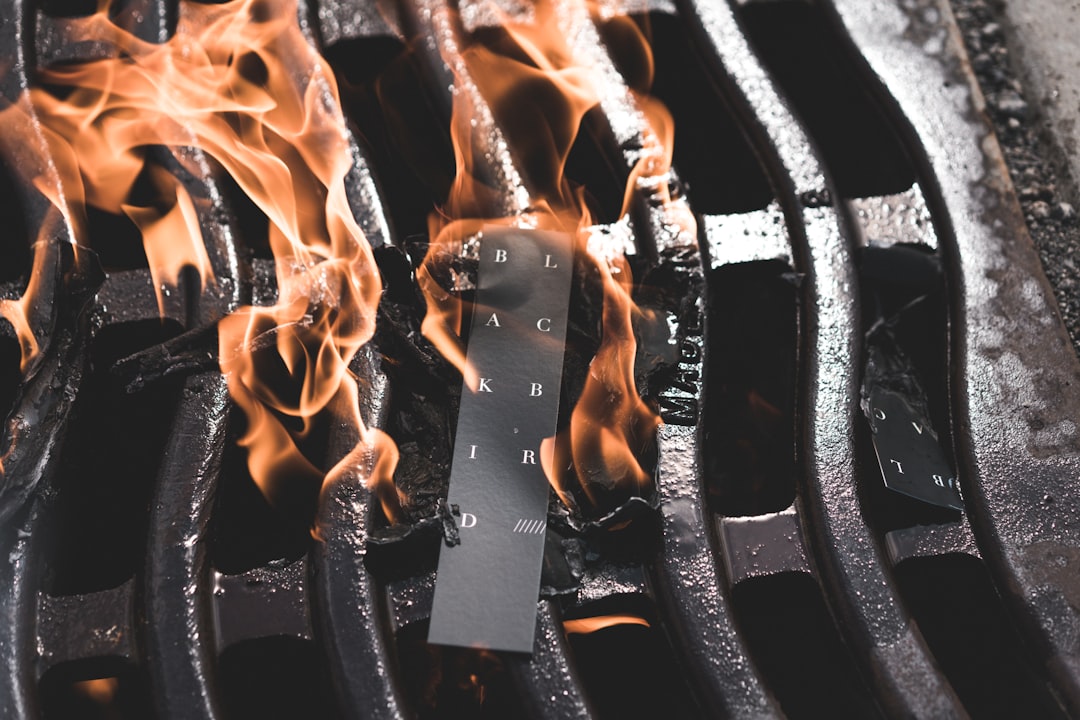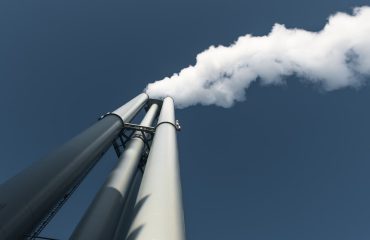Fire-resistant steel, a critical component in modern construction and industrial applications, offers unparalleled protection against the devastating effects of fire. Unlike materials that simply melt or weaken under intense heat, fire-resistant steel maintains its structural integrity for extended periods, allowing for safe evacuation and minimizing property damage. This comprehensive guide delves into the fascinating world of fire-resistant steel, exploring its properties, applications, and the science behind its remarkable heat resistance.
Understanding the Science Behind Fire-Resistant Steel
The secret to fire-resistant steel lies in its unique alloy composition. Standard carbon steel, while strong, loses its structural integrity at relatively low temperatures. Fire-resistant steel, however, incorporates specific alloying elements such as chromium, nickel, molybdenum, and silicon. These elements create a protective oxide layer on the steel’s surface, preventing further oxidation and maintaining its strength even at incredibly high temperatures. This oxide layer acts as a barrier, slowing down the rate at which heat penetrates the steel. The higher the concentration of these alloying elements, the greater the fire resistance. Furthermore, the microstructure of the steel plays a crucial role. A refined grain structure contributes to improved strength and toughness at high temperatures.
Different Grades and Their Applications
Fire-resistant steel isn’t a single material; it encompasses a range of grades, each with specific properties and applications. These grades are typically classified based on their fire resistance rating, determined through rigorous testing procedures. For example, some grades might be suitable for structural support in high-rise buildings, while others might be ideal for fire doors or industrial furnaces. The choice of grade depends on the specific requirements of the application, considering factors like the anticipated temperature exposure, duration of exposure, and the load-bearing capacity required. Commonly used grades often include those meeting standards like ASTM A240 and EN 10025, specifying chemical compositions and mechanical properties.
Testing and Standards for Fire-Resistant Steel
The fire resistance of steel is rigorously tested to ensure it meets stringent safety standards. Standard tests, such as those defined by ASTM and ISO, involve subjecting steel specimens to controlled fire conditions for specified durations. These tests measure the steel’s ability to maintain its load-bearing capacity, temperature rise, and overall structural integrity under intense heat. The results of these tests determine the fire resistance rating, which is crucial for obtaining building permits and ensuring compliance with fire safety regulations. These standards vary by region, so it’s vital to understand local building codes and relevant standards before selecting a specific grade of fire-resistant steel.
Advantages and Limitations of Fire-Resistant Steel
Fire-resistant steel offers numerous advantages, including its high strength-to-weight ratio, excellent ductility, and its ability to withstand high temperatures without significant loss of strength. Its use contributes to lighter building structures, reduced material costs in some applications, and enhanced fire safety. However, fire-resistant steel also has limitations. It can be more expensive than standard carbon steel, and its fabrication might require specialized techniques and equipment due to its higher strength and potential for work hardening. Furthermore, its corrosion resistance might be lower than that of some other high-temperature alloys, requiring appropriate surface treatments or coatings in certain environments.
Future Innovations in Fire-Resistant Steel Technology
Research and development in fire-resistant steel continue to push the boundaries of fire protection. Scientists are exploring new alloying elements and advanced manufacturing techniques to create even more resilient and cost-effective materials. Nanotechnology is showing promise in enhancing the protective oxide layer, further improving fire resistance. The development of lightweight, high-strength fire-resistant steels is also a significant area of focus, particularly for applications in aerospace and automotive industries. Furthermore, research is ongoing to develop self-healing coatings and materials that can automatically repair damage caused by high temperatures, enhancing the longevity and safety of fire-resistant steel structures.
In conclusion, fire-resistant steel is an indispensable material for ensuring safety and minimizing damage in high-risk environments. Its unique properties, stringent testing standards, and ongoing innovations make it a critical component in modern construction, industrial processes, and countless other applications where fire safety is paramount.
SEO Tags:
- Fire Resistant Steel
- Fireproof Steel
- High Temperature Steel
- Steel Alloys for Fire Protection
- Fire Safety Materials




